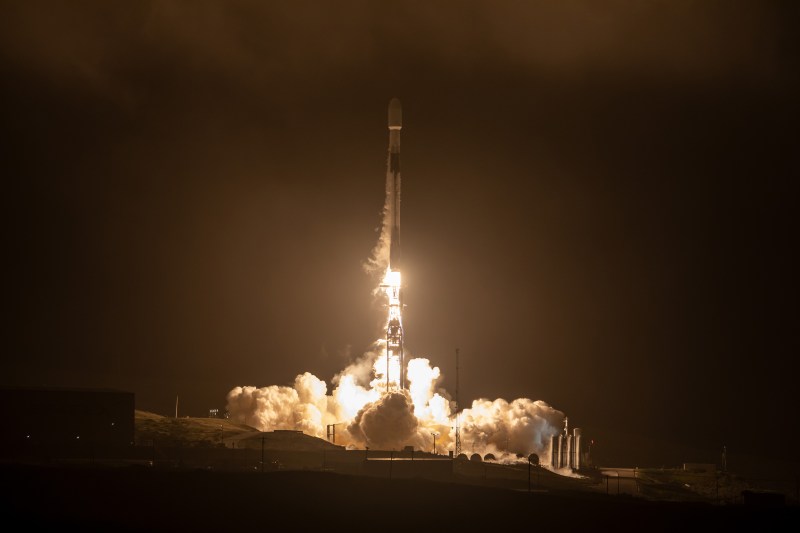A new program from the National Aeronautics and Space Administration (NASA) — Artemis — seeks to send U.S. astronauts to the moon in 2025 or 2026 and build a lunar base camp in the next decade. But the estimated budget of $93 billion by the mission’s launch raised questions for many of whether NASA should focus on other efforts instead of moon landing, like combatting climate change.
Per a 2023 Pew Research Center survey, only 12% of Americans believe it is a priority to send astronauts to explore the moon. 41% believe it is not important or should not be pursued, while 50% said NASA’s focus should shift entirely from space to climate change instead.
Stanford experts in space science, however, expressed near-unanimous support for the program. Some compared it to the Apollo 11 mission, the spaceflight that first landed humans on the moon.
The 1969 Apollo 11 mission was “a child of the Cold War,” said G. Scott Hubbard, who previously served as NASA Ames director and Center of Excellence for Commercial Space Transportation director emeritus.
“The Apollo program was a national imperative by the United States to demonstrate technological superiority to the Soviet Union by landing the first human being on the moon,” Hubbard said.
The Artemis program was created as a result of a 2017 Space Policy Directive. According to the directive, Artemis was designed to “lead an innovative and sustainable program of exploration with commercial and international partners to enable human expansion across the solar system and to bring back to Earth new knowledge and opportunities.”
Experts interviewed by The Daily agreed that while there are parallels between Artemis and Apollo, the varying political landscapes mean the priorities of the Artemis program correspond more closely to scientific and technological advancements. Some goals include research of planetary processes and improved understanding of the history of the sun, Earth and moon system.
Some experts said that Artemis will likely advance everyday technology: “A lot of those technologies that end up going into these space programs end up funneling back down to earth and helping us solve technological problems,” said Kofi Blake, a second-year Ph.D. candidate in aeronautics and astronautics.
Echoing Blake, Simone D’Amico, associate professor of aeronautics and astronautics, said a possible benefit of the Artemis program is a viable landscape for human survival on the moon.
“The Artemis Program is a program to not only send humans to the moon, but to have them stay, leave, work and flourish outside the Earth, on the moon long term,” D’Amico said. “This comes with huge implications which are commercial, which are very close to the survival of the human species.”
According to D’Amico, the expansion of humans in the solar system and in situ resource utilization and mining are crucial for providing resources people may soon find depleted on Earth.
D’Amico criticized the assumption that a focus on lunar exploration meant neglecting climate change. “It is the other way around. We go there to improve our life on Earth,” D’Amico said. For instance, “precious resources, which are available on the moon and … rare on Earth or very difficult to extract,” could be extracted from the moon, he said.
Not all experts agreed on the importance of potential opportunities to mine resources on the moon.
Alice Gorman, a space archaeologist and co-author of “A Declaration of the Rights of the Moon,” raised concerns about ownership in outer space. The moon is “important for the environments in which we live, and for our cultural and scientific worldviews. It really does not belong to anyone,” Gorman said.
Shannon Sylvie Abelson, a postdoctoral scholar who studies environmental ethics, space environmentalism and philosophy of astronomy and astrophysics, said it was important to develop answers to the parameters of lunar exploration, like “what the private contractors who are licensed through our country are going to be doing on the moon.”
Some Stanford experts argued that NASA can work on lunar exploration and climate change in parallel.
“It’s the only government agency that launches space shuttles to go to the moon. They are not the only government agency that helps mitigate climate change,” Abelson said.
Hubbard said that the NASA budget is relatively small compared to other government initiatives: “It’s less than one penny on your tax dollar.”
“In context of the overall federal budget, it’s a tiny amount,” he continued. Economic activity from the “Moon to Mars” programs supports more than 69,000 jobs and is estimated to produce $14 billion in economic output.
Many also lauded the diverse range of backgrounds within the Artemis crew, including the first woman and first person of color on the moon. “To put a woman on the moon, to put a person of color on the moon, maybe in the future to put a transgender astronaut, to put any number of diversified individuals into contexts where they have never been, it’s always good,” Abelson said.
This is one of the ways NASA hopes to inspire the “Artemis generation” and create a more diverse workforce.
“There’s a lot of value in learning about humanity’s place in the world. But also, spaceflight very much encourages and excites young people to pursue degrees and careers in STEM,” Blake said.
